
The Romanian brand Dacia, owned by the Renault Group, introduced a new electric cross-hatchback Spring, which in fact turned out to be the result of a deep restyling of its predecessor . The refreshed Spring will hit the European market next summer, accepting orders will open in the spring.
In Europe, the Chinese-made Dacia Spring debuted in 2021, based on the decade-old CMF-A platform, first carried by the infamous Renault Kwid in 2015. Infamous because the Kwid failed every crash test it took part in and Renault has failed to significantly improve its passive safety levels over the years. Dacia Spring, in turn, participated in Euro NCAP tests in 2021 and earned only one star in the final rating, but the low price prompted many Europeans to turn a blind eye to the low level of safety of this model. In 2023, Dacia Spring, according to the analytical agency JATO Dynamics, entered the top ten best-selling electric vehicles in Europe: 59,186 units were sold. (+22% compared to sales in 2022). In its class of subcompact city electric vehicles, Dacia Spring was second only to Fiat 500e, which sold 62,244 units. (-3%).
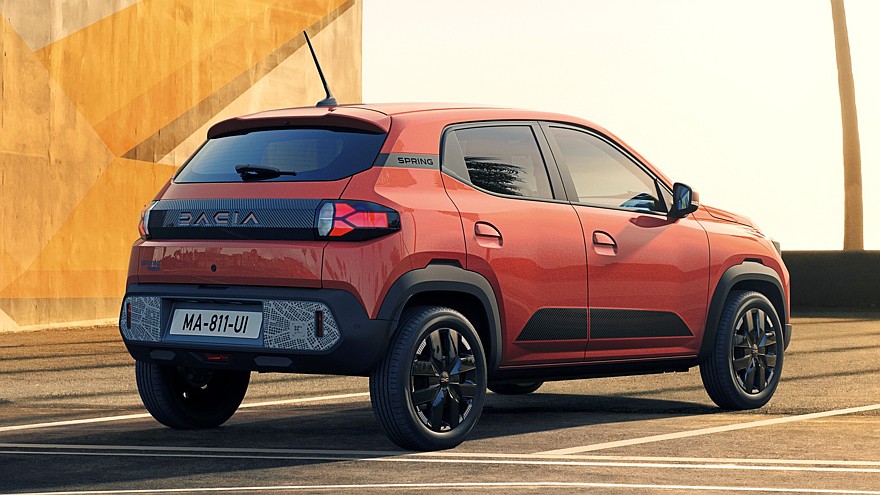 1/3
1/3 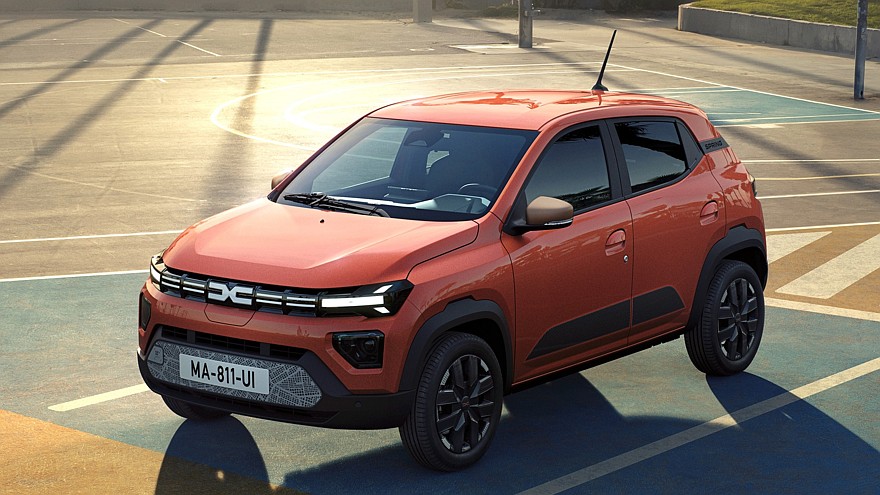 2/3
2/3  3/3
3/3
In the long press release dedicated to the updated Spring, there is not a word about improving passive safety, but the new safety standards GSR2 (Global Safety Rule 2) forced the Renault Group to significantly improve the equipment of the electric hatchback with active safety equipment. Automatic Emergency Braking (AEB) now recognizes not only cars, but also pedestrians, cyclists and motorcyclists. In addition, the equipment includes a road sign recognition system, driver fatigue monitoring, a lane keeping system, a parking assistant, cruise control and an emergency call button. It will be interesting to find out how many stars the Dacia Spring will now score in the Euro NCAP tests.
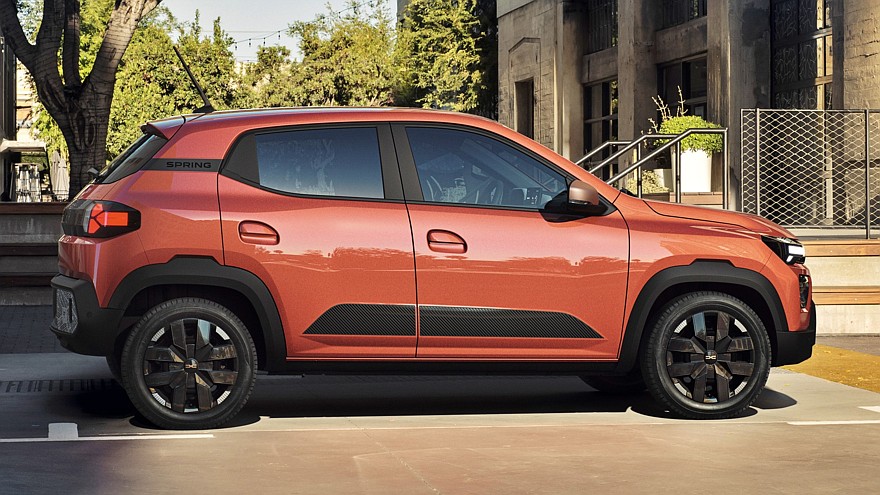 1/3 < img src="/wp-content/uploads/2024/02/bf76e96ef44fc989d3c5bc4f704149f5.jpg" />2/3
1/3 < img src="/wp-content/uploads/2024/02/bf76e96ef44fc989d3c5bc4f704149f5.jpg" />2/3 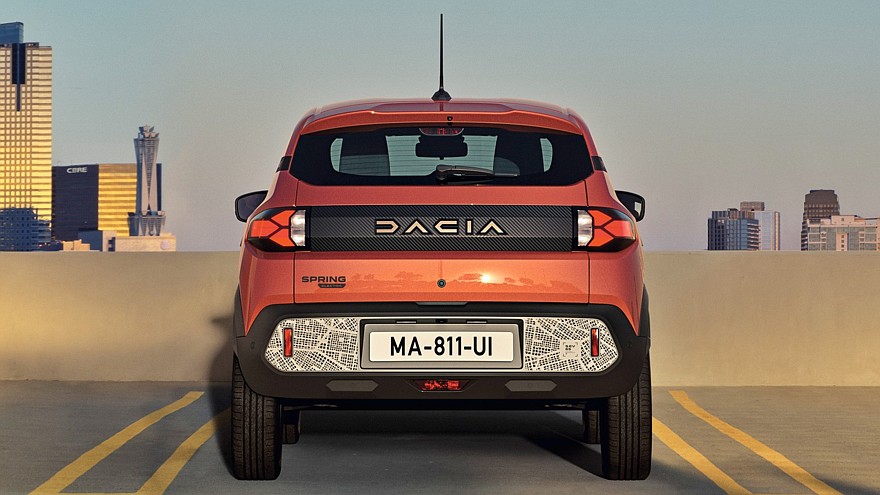 3/3
3/3
In terms of design, the updated Dacia Spring meticulously quotes the brutal third-generation Dacia/Renault Duster, both outside and inside. The lighting equipment is completely new, the stamps of the sidewalls, wings, hood and tailgate have been redone, essentially only the doors have remained the same, but the dimensions of the car have remained virtually unchanged, the overall length remained at 3.7 m. The roof rails have disappeared, since few people have them enjoyed it. A city map design on the bumpers, like the car in the photos, is a privilege of the top-end Extreme configuration.
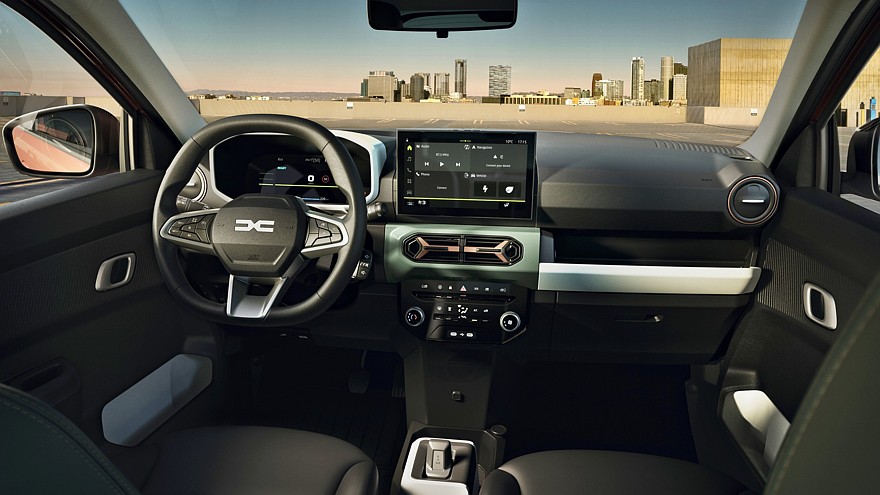 1/10
1/10 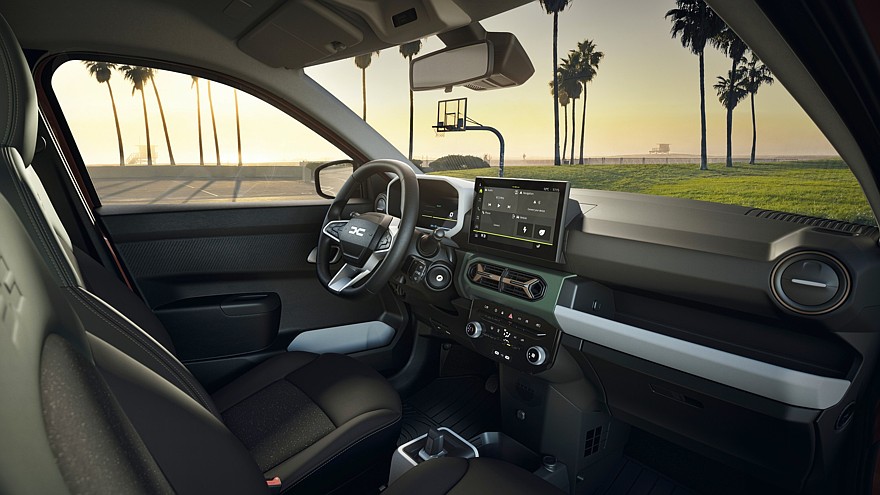 2/10
2/10  3/10
3/10 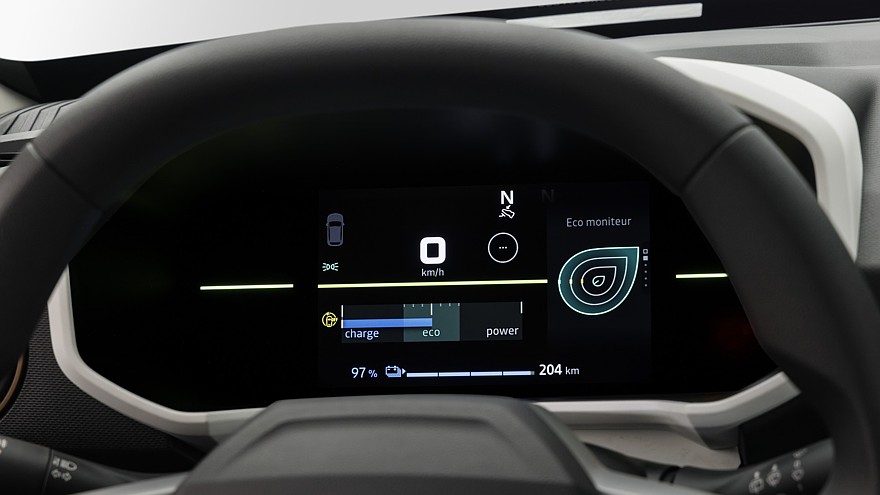 4/10
4/10 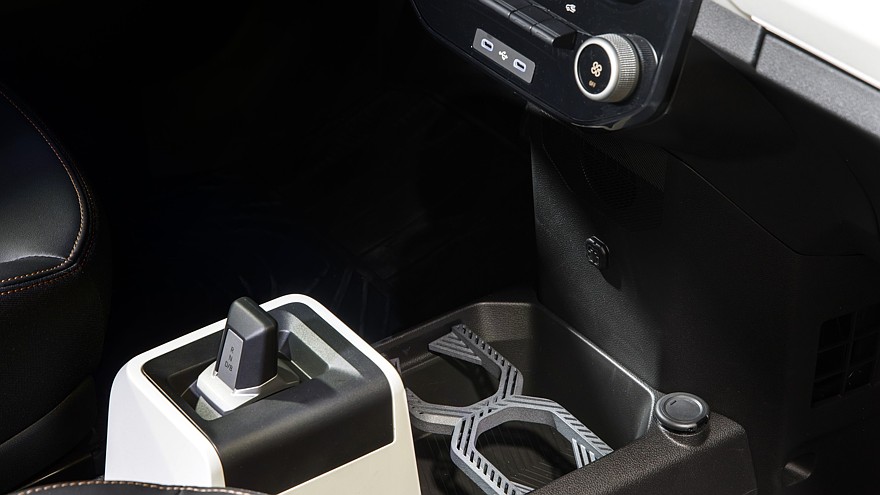 5/10
5/10  6/10
6/10 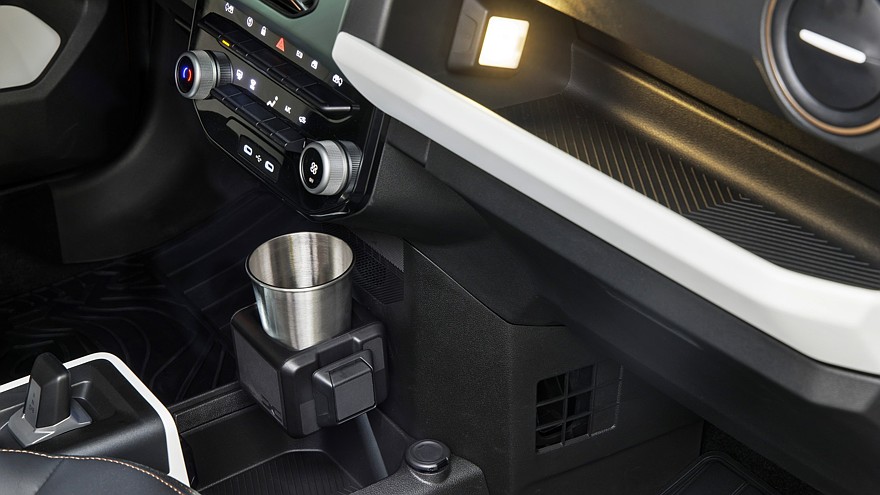 7/10
7/10 8/10
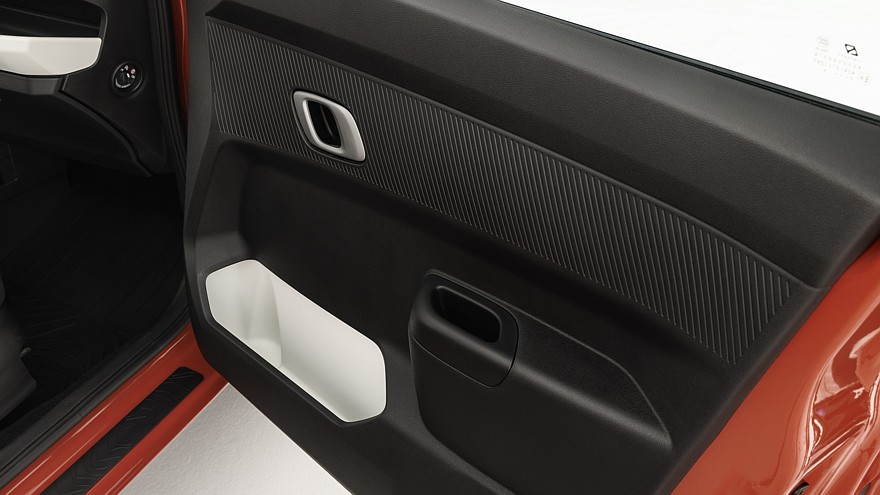 9/10
9/10  10/10
10/10
The interior, at first glance, is completely new, but as the correspondent of the French publication L'Argus rightly noted, having already sat in the updated electric car, the shape of the seats has not changed, the front ones are still uncomfortable for tall people. But the front panel is really new, angular, in the spirit of the third generation Duster. The steering wheel is height adjustable. The 7-inch instrument screen has modern, uncluttered graphics. The 10-inch multimedia screen is now made in the form of a tablet and has moved upward, while the central air ducts, on the contrary, have moved downwards, below them there is a microclimate unit and two USB-C connectors. However, the multimedia screen and USB ports, as well as the colorful finish, are only included in the top-end Extreme configuration. The basic Essential doesn't even have air conditioning.
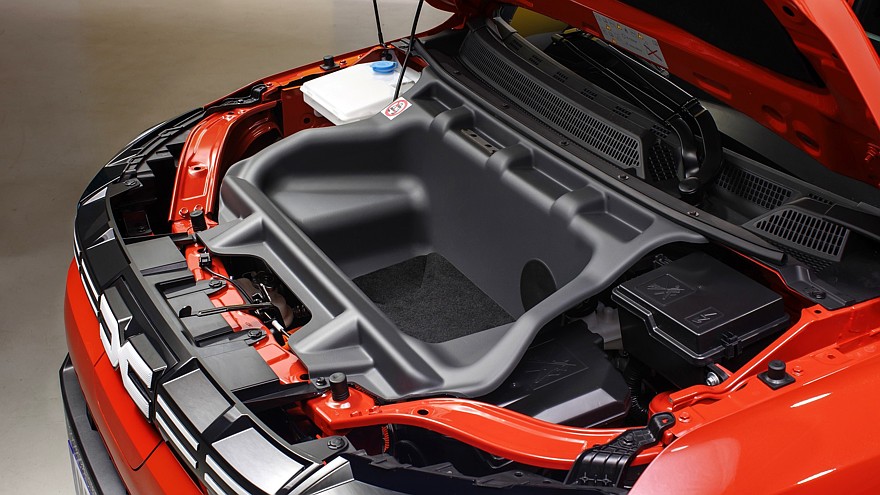 1/3
1/3 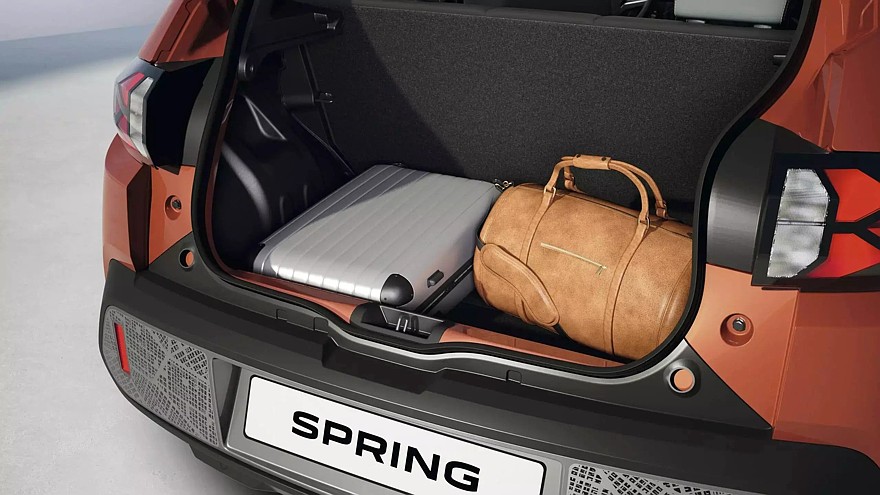 2/3
2/3 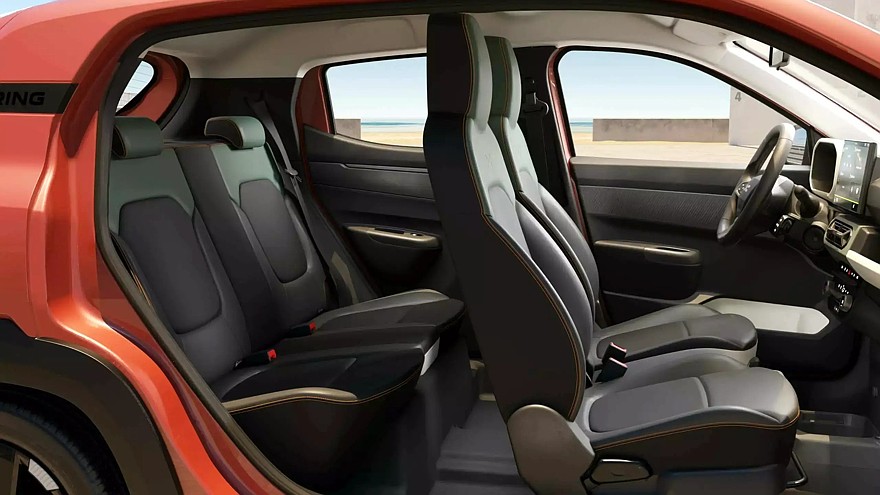 3/3
3/3
The power plant mode selector is made in the form of a flash drive on a pedestal between the front seats (there used to be a rotating puck), in front of it there is a void that can be filled with replaceable utility modules — for example, cup holders or a holder for a smartphone with wireless charging. The total capacity of niches and pockets for small items in the cabin is 33 liters. The volume of the main trunk after restyling increased from 270 to 308 liters (with the rear seat backs folded — 1004 liters), and in front there is now an additional trunk of 35 liters, where it is convenient to store the charging cable. Despite all the innovations, the Dacia Spring still weighs less than a ton, namely 984 kg in the top-end Extreme trim.
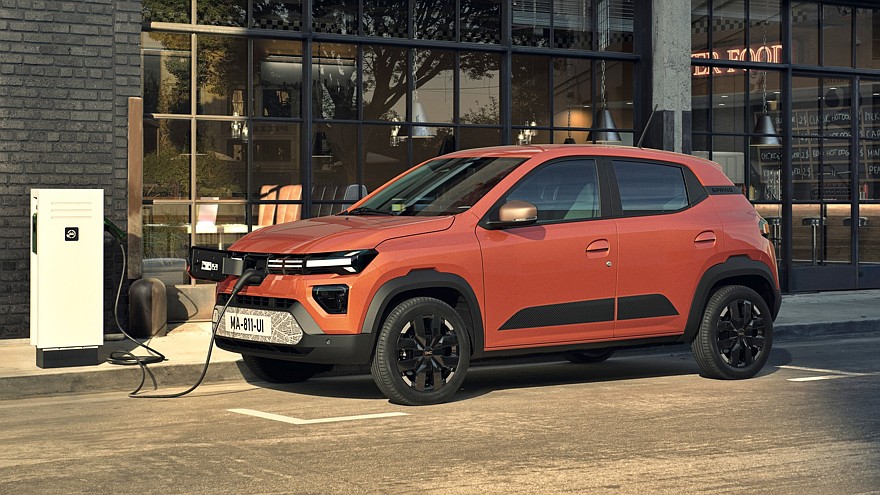 < p>There are almost no changes in terms of technology: Spring is still equipped with a single electric motor on the front axle with a power of 45 or 65 hp. In addition to the standard driving mode D, there is now mode B, in which the electric motor operates at maximum regenerative power during braking and coasting. The useful capacity of the battery is 26.8 kWh (full capacity — 27.4 kWh), its full charge is enough for a maximum of 220 km of range in the WLTP cycle. The maximum charging power is 30 kW, and you can increase the charge from 20 to 80% in 45 minutes. There is now a full-fledged 220 V and 16 A household outlet on board, which can be used to power household appliances.
< p>There are almost no changes in terms of technology: Spring is still equipped with a single electric motor on the front axle with a power of 45 or 65 hp. In addition to the standard driving mode D, there is now mode B, in which the electric motor operates at maximum regenerative power during braking and coasting. The useful capacity of the battery is 26.8 kWh (full capacity — 27.4 kWh), its full charge is enough for a maximum of 220 km of range in the WLTP cycle. The maximum charging power is 30 kW, and you can increase the charge from 20 to 80% in 45 minutes. There is now a full-fledged 220 V and 16 A household outlet on board, which can be used to power household appliances.
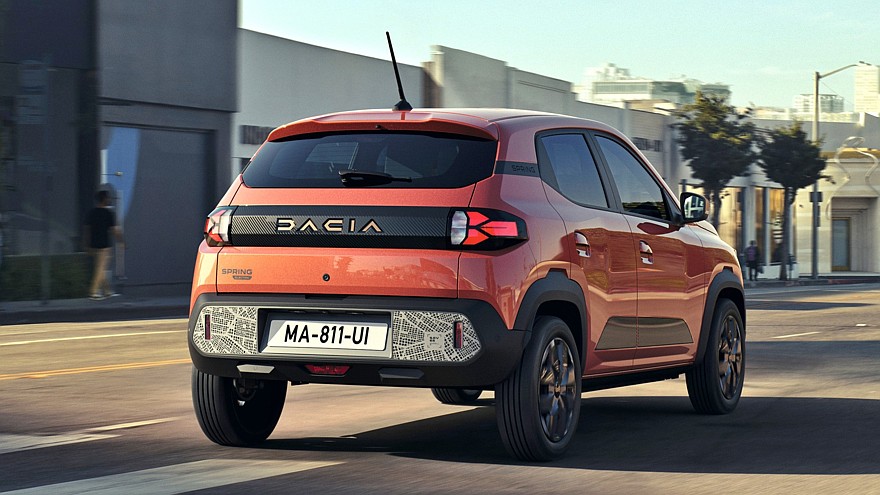 1/3
1/3  2/3
2/3  3/3
3/3
Prices for the updated Dacia Spring have not yet been announced, but it is expected that the “base” cross-hatchback will cost less than 20,000 euros. Dacia Spring will also have a right-hand drive version for the first time for the UK; deliveries of the new product to this country will begin in October.

































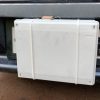



















Свежие комментарии